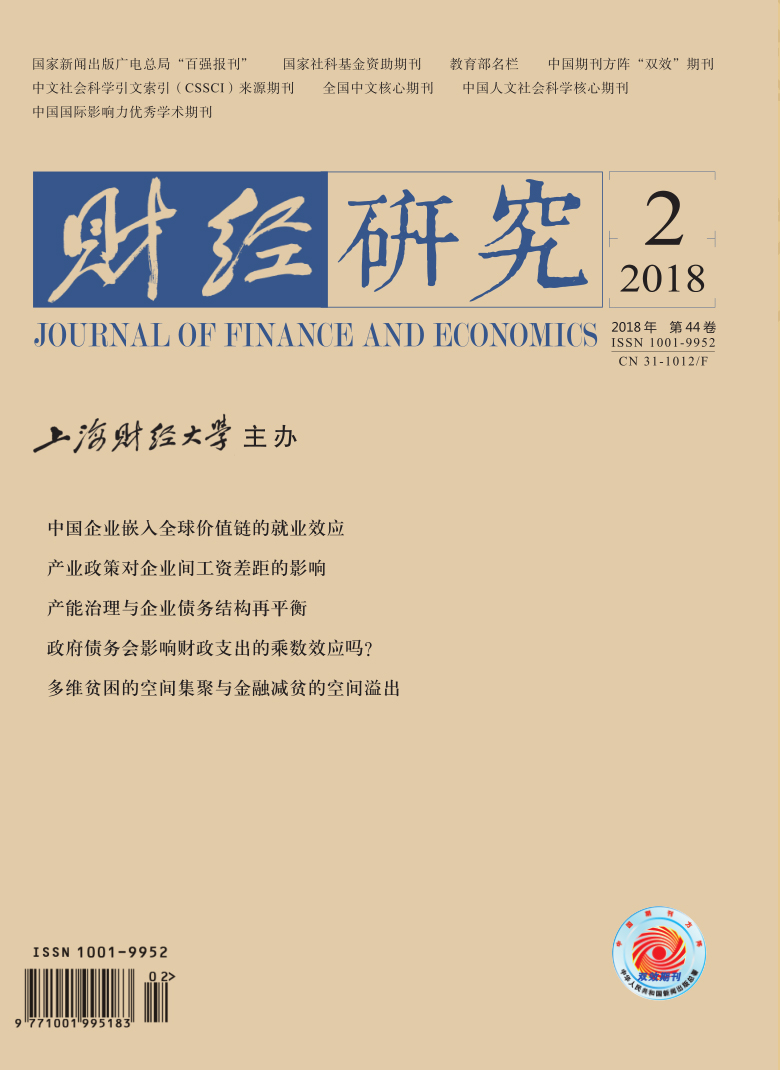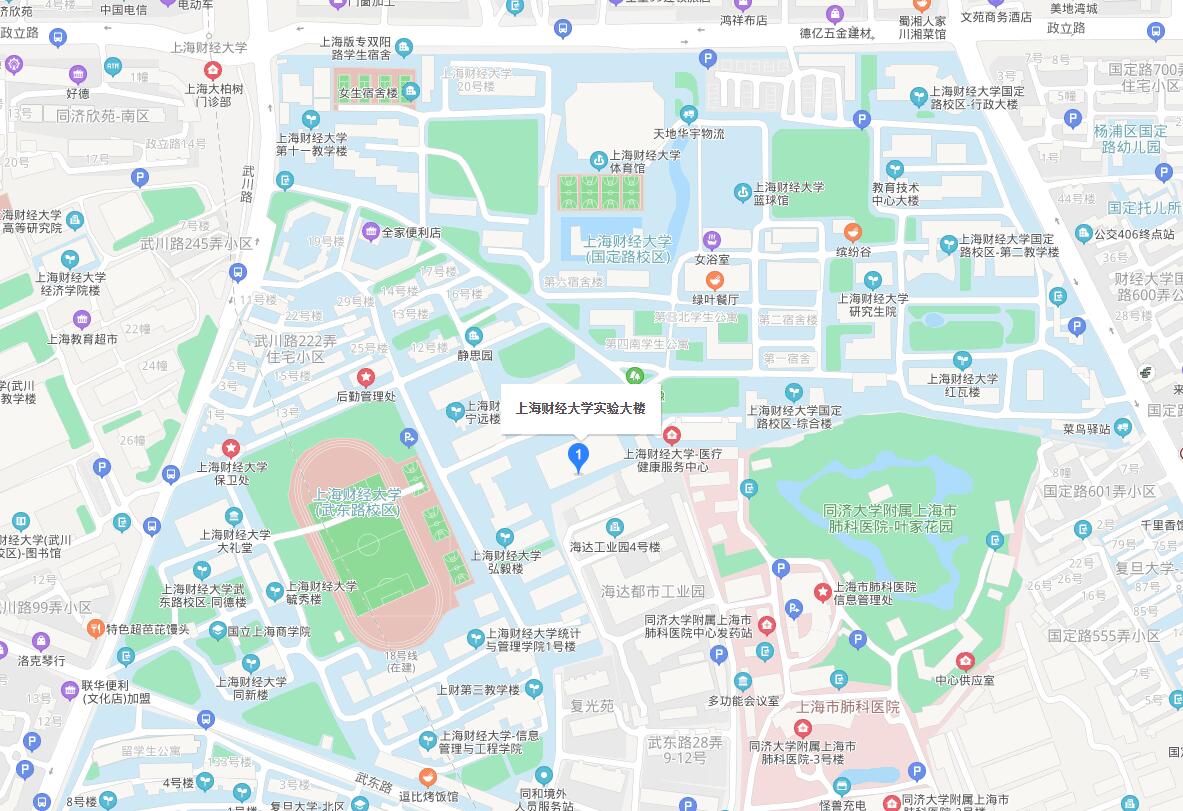就业是最大的民生,探讨通过开放来提高保障和改善民生水平是全球价值链福利效应分析的核心议题。文章利用2000−2006年中国工业企业数据库和中国海关进出口数据库中的数据,基于目前最权威和准确的企业层面价值链嵌入度指标,采用倾向得分匹配-倍差法(PSM-DID)和广义倾向得分法(GPS)对价值链嵌入如何影响企业就业的问题进行了实证研究。研究发现,全球价值链嵌入对就业有显著的促进作用,尤其是资本密集型企业、技术密集型企业、民营企业和东中部企业,其价值链嵌入的就业效应最为显著。进一步研究发现,全球价值链嵌入会通过出口效应、中间品替代效应和跨国公司价值链布局效应等三个渠道作用于企业就业。随后的研究还表明,嵌入价值链时间越长的企业,获得的就业促进效应越为突出。最后,研究还发现就业水平与价值链嵌入度成倒“U”形关系,即边际改善效应从递增向递减转变。
中国企业嵌入全球价值链的就业效应———基于PSM-DID和GPS方法的经验证据
摘要
参考文献
8 卢仁祥. 中国企业参与全球价值链分工的就业效应分析[J]. 商业时代, 2014, (21): 42-44. DOI:10.3969/j.issn.1002-5863.2014.21.017
11 吕越, 黄艳希, 陈勇兵. 全球价值链嵌入的生产率效应: 影响与机制分析[J]. 世界经济, 2017, (7): 28—51.
13 毛日昇. 出口、外商直接投资与中国制造业就业[J]. 经济研究, 2009, (11): 105—117.
16 史青, 李平. 再议中国企业出口的就业效应[J]. 财贸经济, 2014, (10): 83—93. DOI:10.3969/j.issn.1005-913X.2014.10.050
17 苏庆义. 中国省级出口的增加值分解及其应用[J]. 经济研究, 2016, (1): 84—98.
25 Arndt S W. Globalization and the Open Economy[J]. The North American Journal of Economics and Finance, 1997, 8(1): 71—79. DOI:10.1016/S1062-9408(97)90020-6
26 Chen X, Cheng L K, Fung K C, et al. Domestic Value Added and Employment Generated ByChinese Exports: A Quantitative Estimation[J]. China Economic Review, 2012, 23(4): 850—864. DOI:10.1016/j.chieco.2012.04.003
27 De Loecker J.Do Exports Generate Higher Productivity? Evidence from Slovenia[J]. Journal of International Economics, 2007, 73(1): 69—98. DOI:10.1016/j.jinteco.2007.03.003
28 Falk M, Koebel B. A Dynamic Heterogeneous Labour Demand Model forGerman Manufacturing[J]. Applied Economics, 2001, 33(3): 339—348. DOI:10.1080/00036840122012
29 Farole T. Do global value chains create jobs? [R]. IZA World of Labor, 2016.
31 Feng L, Li Z, Swenson D L. The Connection Between Imported Intermediate Inputs and Exports: Evidence FromChinese Firms[J]. Journal of International Economics, 2016, 101: 86—101. DOI:10.1016/j.jinteco.2016.03.004
32 Greenaway D, Hine R C, Wright P. An Empirical Assessment of The Impact of Trade on Employment in the United Kingdom[J]. European Journal of Political Economy, 1999, 15(3): 485—500. DOI:10.1016/S0176-2680(99)00023-3
33 Halpern L, Koren M, Szeidl A. Imported Inputs and Productivity[J]. The American Economic Review, 2015, 105(12): 3660—3703. DOI:10.1257/aer.20150443
34 Heckman J J, Ichimura H, Todd P E. Matching As An Econometric Evaluation Estimator: Evidence from Evaluating A Job Training Programme[J]. The Review of Economic Studies, 1997, 64(4): 605—654. DOI:10.2307/2971733
36 Hummels D, Ishii J, Yi K. M. The Nature and Growth of Vertical Specialization in World Trade[J]. Journal of International Economics, 2001, 54 (1): 75—96. DOI:10.1016/S0022-1996(00)00093-3
37 Koopman R, Wang Z, Wei S. J. Estimating Domestic Content in Exports When Processing Trade is Pervasive [J]. Journal of Development Economics, 2012, 99(1): 178—l89. DOI:10.1016/j.jdeveco.2011.12.004
39 Rosenbaum P. R., Rubin D. B. The Central Role of the Propensity Score in Observational Studies for Causal Effects [J]. Biometrika, 1983, 70(1): 41—55. DOI:10.1093/biomet/70.1.41
40 Upward R., Wang Z, Zheng, J. Weighing China’s Export Basket: The Domestic Content and Technology Intensity OfChinese Exports [J]. Journal of Comparative Economics, 2013, 41(2): 527—543. DOI:10.1016/j.jce.2012.07.004
引用本文
吕越, 吕云龙, 莫伟达. 中国企业嵌入全球价值链的就业效应———基于PSM-DID和GPS方法的经验证据[J]. 财经研究, 2018, 44(2): 4–16.
导出参考文献,格式为:
上一篇:城市电商化发展能否实现稳就业?





 , 2, 3
, 2, 3 15691
15691  8262
8262

